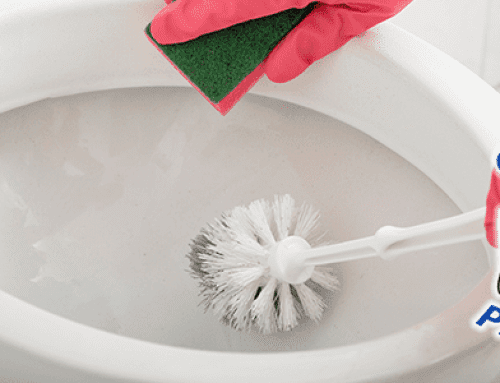The Importance of Preventing Backflow
First, knowing what backflow is can help you better understand the point that this article is trying to stress. Backflow is the course of undesirable water streaming the other way than it ought to. This is a general term that can apply to numerous plumbing circumstances; however, you are likely dealing with a toilet tank filling with dirty water in your circumstances. This can become a major health hazard for everyone exposed to such water, considering the diseases it carries. To prevent a disaster, preventing backflow is essential. Dealing with any situation where backflow occurs is something that needs to be dealt with immediately.
Why is Preventing Backflow Important?
Considering the advancements in human plumbing processes, we trust our water to be potable and sanitary. If those conditions fail to be upheld, they can become a danger to your family. Backflow is perhaps the most widely recognized way water can become tainted and unfit for human utilization and consumption. This threat is so widely recognized that practically every structure has a secondary mechanism to prevent backflow from tainting a water supply.
How Does Backflow Happen?
Dissimilar to many other plumbing issues, there are a limited number of sources for this problem to occur. One is backpressure. This is the point at which the strain of pressure from a system failure pushes water back up the framework where it shouldn’t be. This can happen for various reasons, from ventilation issues to inappropriate seepage.
The other primary driver is back-siphonage. This happens when pressure is too low for the system supply to be correctly utilized. Tainted water can be pulled back when this occurs and cause water fouling.
How to Prevent Backflow?
The development of backflow prevention valves and other assistive gadgets is revolved around the potential risk of system failure. To avoid spending your funds unnecessarily, first focusing on problem areas would mitigate the cost. For example, safeguarding a region of your pipes with no genuine risk of creating plumbing issues is a waste. So first, have a contractor perform a risk evaluation on your plumbing system, and afterward, you or a plumbing specialist can ensure appropriate safety measures are introduced.
One of the fundamental ones is utilizing an air gap. You might be shocked to discover that air is utilized throughout your pipes’ framework for various reasons; backflow counteraction is one of many.
The other is a useful little thing called a “check valve.” While an air gap is expected during the initial construction of your plumbing system, it often isn’t sufficient. This is particularly for situations involving issues unaccounted for during development.
Conclusion
If you need further information or assistance with your plumbing issues, give us a call at Conyers Plumbing. We have the experience necessary to ensure that you never have to deal with the stress of cleaning up after a backflow again. In addition, we can ensure that your family is protected from the potential problems that might arise from backflow.




